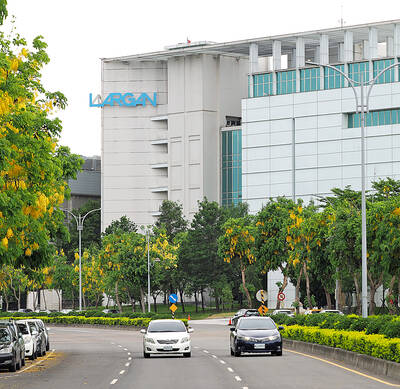The US economy churned out solid job growth last month that looks likely to leave the US Federal Reserve on track for an interest rate increase this year.
The economy added 215,000 jobs last month, the US Department of Labor said on Friday, marking 65 straight months of gains — the longest streak on record — for a total of 13 million jobs.
“In the last six years, the American people have worked really hard to bounce back from the worst economic crisis since the Great Depression,” US President Barack Obama said.
In another positive sign, job growth in May and June was stronger than first thought, by a combined 14,000 payrolls.
The department revised the number in June to 231,000 and in May to 260,000.
That brought the average monthly jobs gains to 235,000 over the past three months, heightening expectations that the Fed could raise its near-zero federal funds rate as early as next month.
The unemployment rate held steady at a seven-year low of 5.3 percent, as expected. That is close to the 5 to 5.2 percent range the Fed views as normal for maximum employment over the longer run.
The Fed has held the benchmark federal funds rate near zero since late 2008 to support the economy’s recovery from the Great Recession, and has said it would carefully move rates higher to avoid derailing growth.
In its policy statement late last month, the US Federal Open Market Committee (FOMC) said it would consider it appropriate to raise the fed funds rate when it had seen “some further improvement” in the labor market and was “reasonably confident” that inflation, now tepid, would move back toward its 2 percent target.
“There can be no doubt in our view that today’s employment report does indeed represent ‘some further’ improvement in the labor market — if not more,” New York-based UniCredit Group SpA chief US economist Harm Bandholz said. “It, therefore, further strengthens our view for the first rate hike in September.”
Fed policymakers still have this month’s jobs report to digest, just days before the Sept. 16-17 FOMC meeting.
Fed Chair Janet Yellen has said the rate hike was likely this year, and next month’s meeting is one of three before the year ends.

Handset camera lens maker Largan Precision Co (大立光) on Sunday reported a 6.71 percent year-on-year decline in revenue for the third quarter, despite revenue last month hitting the highest level in 11 months. Third-quarter revenue was NT$17.68 billion (US$581.2 million), compared with NT$18.95 billion a year earlier, the company said in a statement. The figure was in line with Yuanta Securities Investment Consulting Co’s (元大投顧) forecast of NT$17.9 billion, but missed the market consensus estimate of NT$18.97 billion. The third-quarter revenue was a 51.44 percent increase from NT$11.67 billion in the second quarter, as the quarter is usually the peak

Taiwan’s foreign exchange reserves hit a record high at the end of last month, surpassing the US$600 billion mark for the first time, the central bank said yesterday. Last month, the country’s foreign exchange reserves rose US$5.51 billion from a month earlier to reach US$602.94 billion due to an increase in returns from the central bank’s portfolio management, the movement of other foreign currencies in the portfolio against the US dollar and the bank’s efforts to smooth the volatility of the New Taiwan dollar. Department of Foreign Exchange Director-General Eugene Tsai (蔡炯民)said a rate cut cycle launched by the US Federal Reserve

The US government on Wednesday sanctioned more than two dozen companies in China, Turkey and the United Arab Emirates, including offshoots of a US chip firm, accusing the businesses of providing illicit support to Iran’s military or proxies. The US Department of Commerce included two subsidiaries of US-based chip distributor Arrow Electronics Inc (艾睿電子) on its so-called entity list published on the federal register for facilitating purchases by Iran’s proxies of US tech. Arrow spokesman John Hourigan said that the subsidiaries have been operating in full compliance with US export control regulations and his company is discussing with the US Bureau of

Pegatron Corp (和碩), a key assembler of Apple Inc’s iPhones, on Thursday reported a 12.3 percent year-on-year decline in revenue for last quarter to NT$257.86 billion (US$8.44 billion), but it expects revenue to improve in the second half on traditional holiday demand. The fourth quarter is usually the peak season for its communications products, a company official said on condition of anonymity. As Apple released its new iPhone 17 series early last month, sales in the communications segment rose sequentially last month, the official said. Shipments to Apple have been stable and in line with earlier expectations, they said. Pegatron shipped 2.4 million notebook